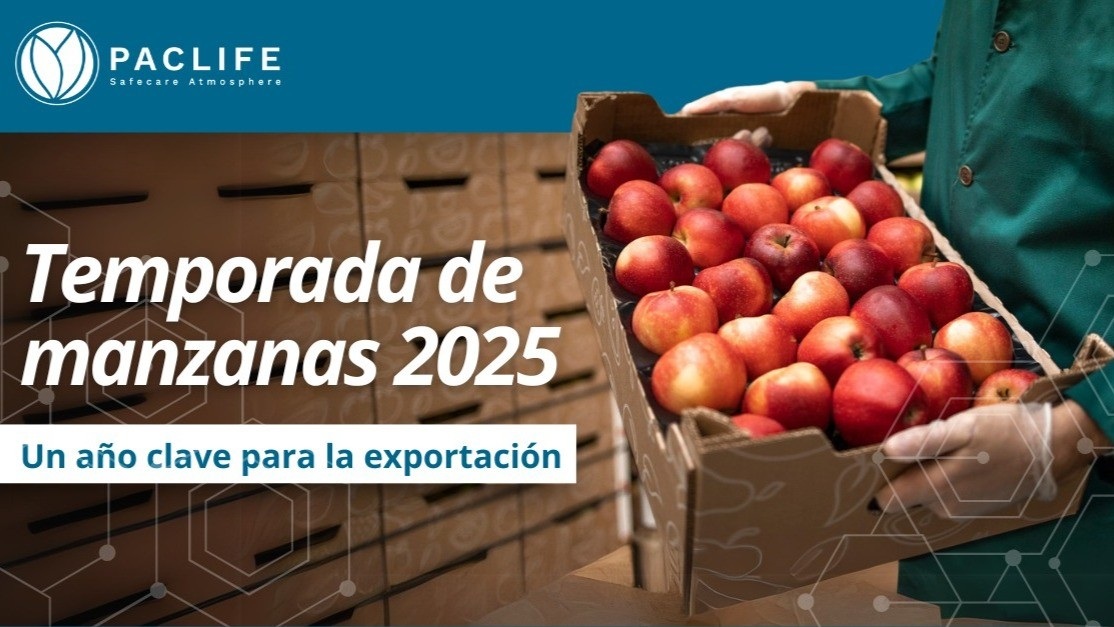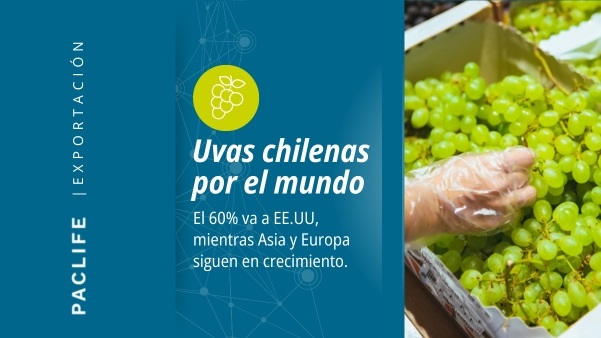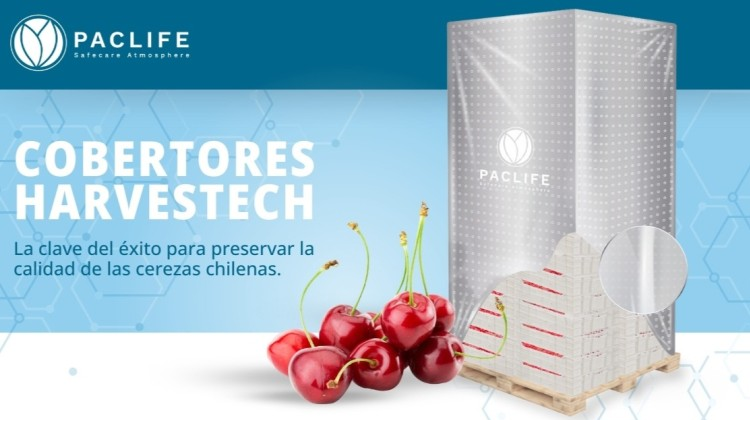Packaging
The challenges of the developing Peruvian pomegranate industry
More than 2,000 hectares in Peru produce pomegranate for export between January and June. It is a fruit that forms part of the South American country's agro-export basket, where the main producing areas are in the departments of Ica, followed by Arequipa, Lima and Lambayeque.
12 March, 2021
More than 2,000 hectares in Peru produce pomegranate for export between January and June. It is a fruit that forms part of the South American country's agro-export sector, where the main producing areas are in the departments of Ica, followed by Arequipa, Lima and Lambayeque. The increase in fresh pomegranate production areas in previous seasons has allowed an almost constant growth in volumes. In the 2020 season, Peru exported fresh pomegranate to 34 markets, the most important one being Europe with more than 50% of the volume, followed by Russia (17.8%) and the United Kingdom (7.6%), among others. Although pomegranate arils are also exported, their volume is still low but with a tendency to continue growing, where the main market is the United States. In relation to fresh pomegranate, the concentration of exports in a few markets has made it difficult the sector's short-term projections. This is why, in recent years,work has been carried out hand to hand with the National Agricultural Health Service (Senasa) to validate quarantine treatments, such as Cold Treatment. This effort would allow the fruit to be exported to markets such as China, Japan, Korea and Mexico, among others; and to improve conditions with the United States, where it is currently exported with irradiation treatment at destination. This can be achieved thanks to the pomegranate's characteristics, which allow it to keep well for more than 90 days and reach far destinations without problems and with a longer shelf life. On the other hand, although in recent years there has been a growth in pomegranate volumes, this product has been affected since 2018 by price collapse in its main destination markets, due to the oversupply of the Peruvian fruit. However, in the 2021 season, the European market has received pomegranate at better prices than the previous year and it is expected that this trend will continue throughout the season to strengthen the development of this product. In the future, the entry into 13 new markets is projected thanks to the productivity per hectare achieved by the good management of the producers, the favourable climatic characteristics of Peru, and the increase in world consumption of the pomegranate as it is considered a "super fruit"; factors that will allow the industry to continue its development. PacLife solutions for pomegranatesPACLIFE has a wide range of products that allow effective preservation in terms of dehydration, maintaining the shape of the fruit and its hydrated crown, without tastan browning and with fresher and better tasting arils. They allow to preserve the shelf life of the fruit for up to 120 days.











